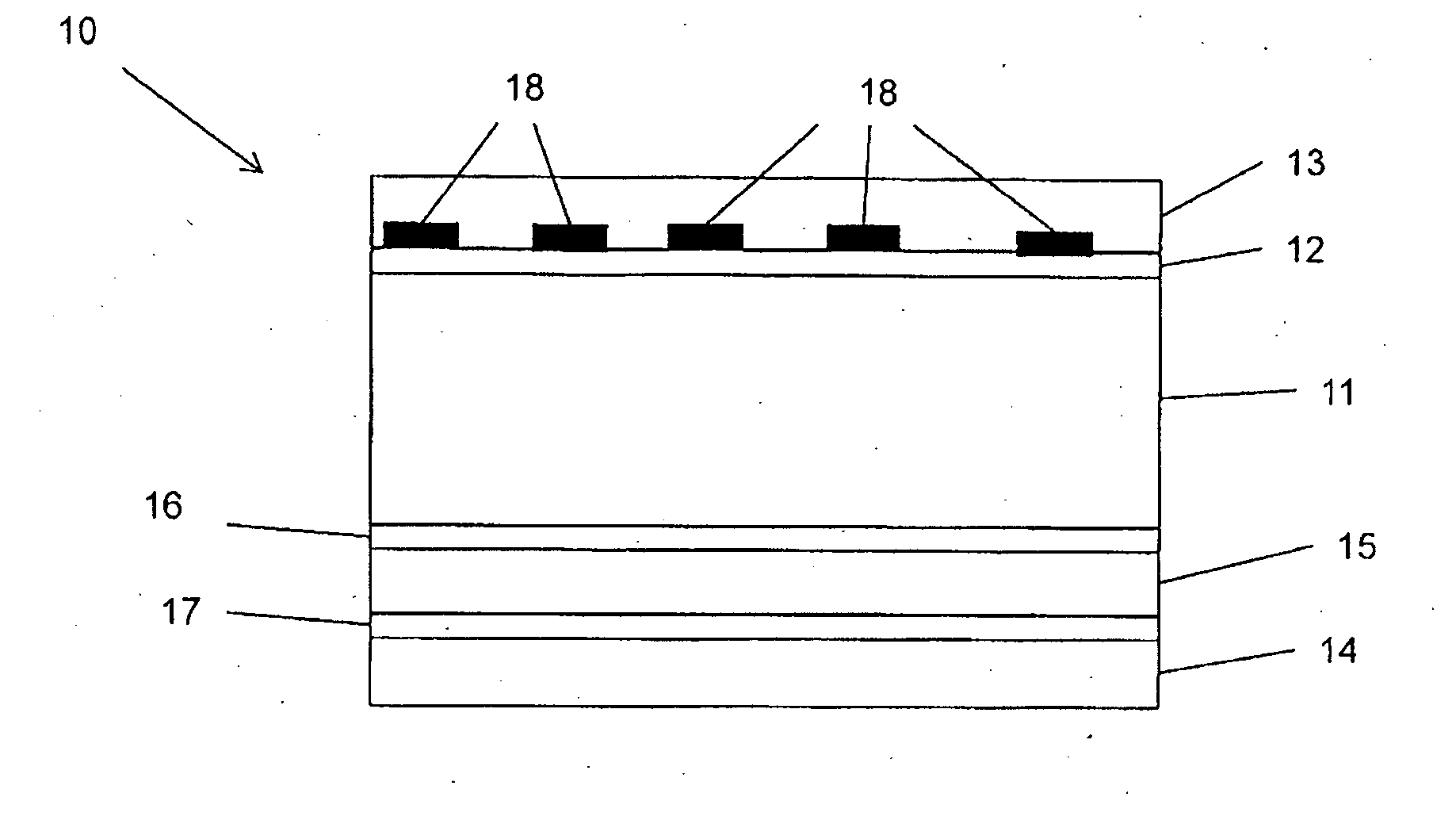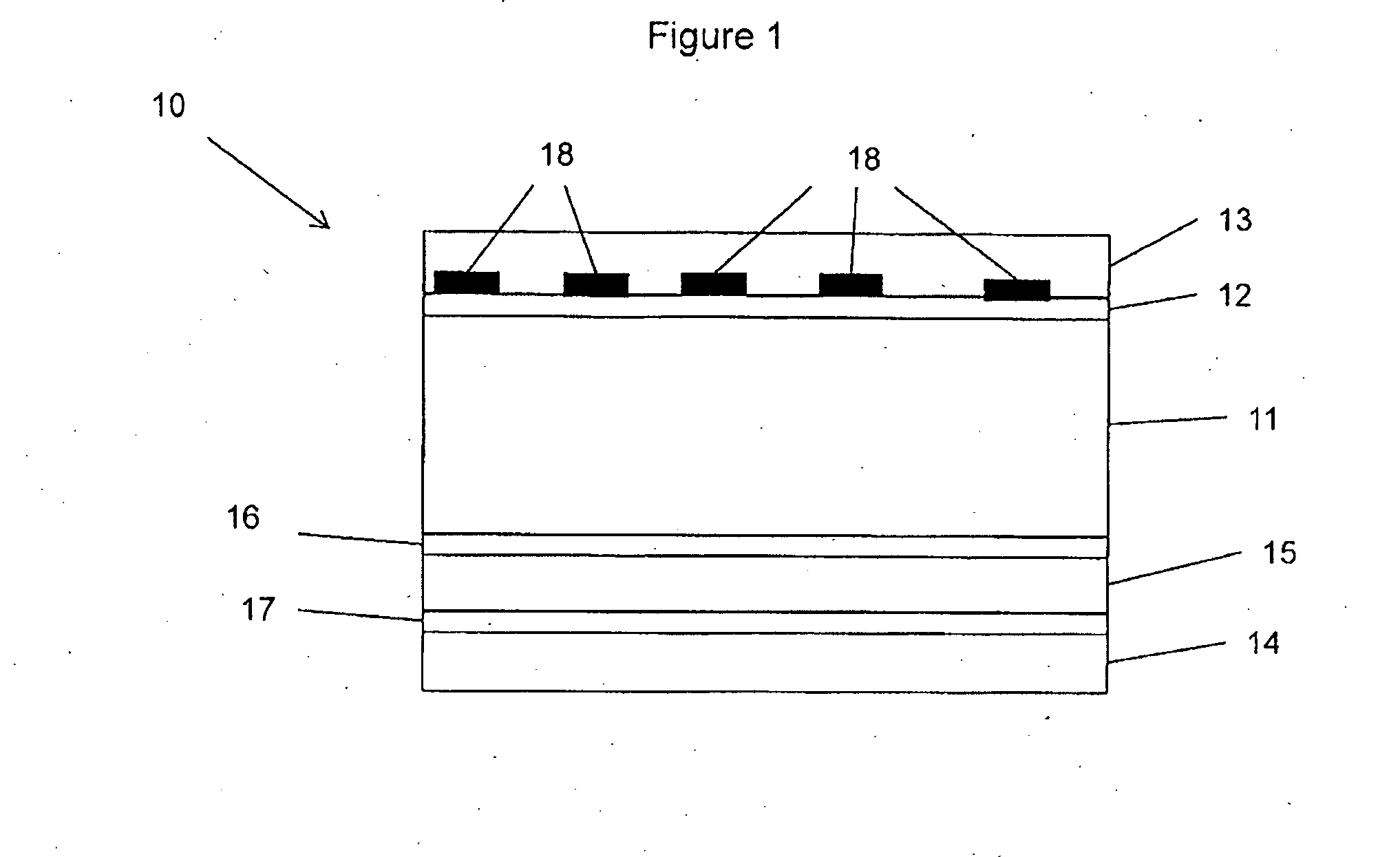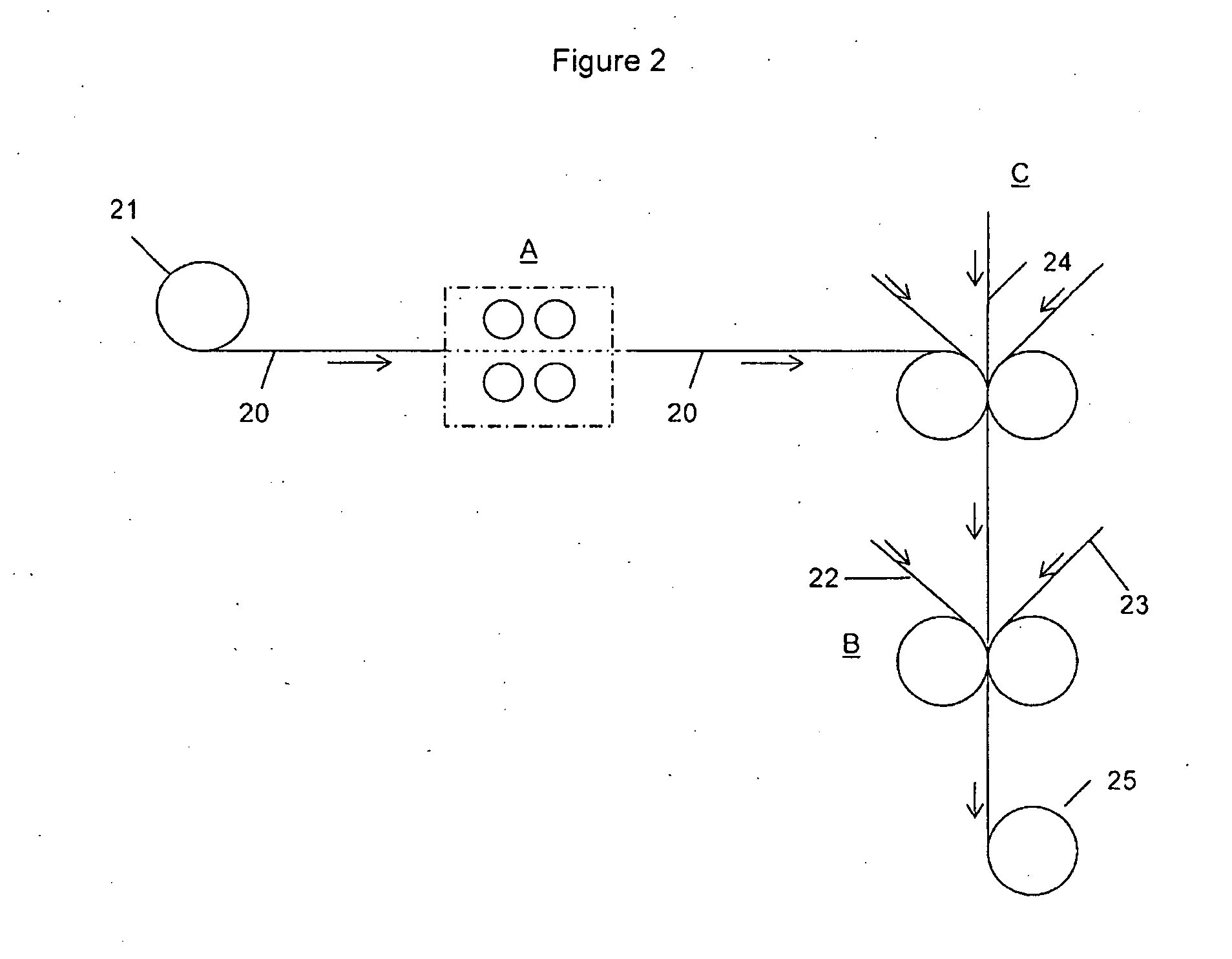Reversibly activatable diacetylenes and their use as colour-formers
a technology of diacetylene and activation, which is applied in the direction of rigid containers, packaging goods types, photographic processes, etc., can solve the problems of affecting the shelf life of packaged foods and drinks, and affecting the appearance of packaging containers
- Summary
- Abstract
- Description
- Claims
- Application Information
AI Technical Summary
Benefits of technology
Problems solved by technology
Method used
Image
Examples
example 1
5,7-Dodecadiynedioic Acid Bis(octadecylamide)
[0113]5-Hexynoic acid was Glazer-Eglinton-Hay coupled in the presence of copper (I) bromide and oxygen, into 5,7-dodecadiyndioic acid. The 5,7-dodecadiyndioic acid was converted into its acid chloride by treatment with excess oxalyl chloride and a catalytic amount of dimethylformamide. The 5,7-dodecadiyndioic acid chloride that formed was then reacted with excess octadecylamine in the presence of an equivalent amount of triethylamine (a tertiary base proton scavenger).
[0114]The resultant 5,7-dodecadiynedioic acid bis(octadecylamide) was found to have a melting point of 180° C. It appeared to undergo a first phase transition at around 135 to 140° C.
example 2
[0115]An ink formulation was prepared from:
Raw MaterialpbwJoncryl LMV7085 - aqueous styrene acrylic binder37.5Water10Dispelair CF49 - mineral oil anti-foam0.5Agitan 350 - non-ionic surfactant0.5Dispex A40 - aqueous acrylic polymer0.5r-ITO - NIR absorber2.55,7-Dodecadiynedioic acid bis(octadecylamide)5.0Joncryl 8052 - aqueous acrylic binder37.5Tyzor LA - aqueous titanium complex1.0Diethylene glycol - retarder5.0
[0116]The formulation was milled using a 50 ml Eiger-Torrance bead mill until a particle size <5 μm had been achieved.
[0117]The ink was then coated onto both clear and white 50 μm OPP and PET films substrate at a coat weight of 10 gsm. The ink was also coated on to white label stock paper at 10 gsm.
[0118]The prepared substrates were coloured as following:—[0119]1. Using a dual wavelength laser system that emitted at both 1,550 nm and 266 nm.[0120]2. A hot air gun (producing heat >300° C.) in combination with a UV germicidal lamp.
Each printed sample was exposed to heat and ligh...
example 3
[0125]5,7-Dodecadiynedioic acid bis(octadecylamide) powder was added to PP and LDPE pellets at 0.25%. A few drops of rapeseed oil were added to assist dispersion and mixing. Closures were then prepared using an injection-moulding machine.
[0126]Activation was performed using a hot air gun (producing heat >300° C.) in combination with a UV germicidal lamp.
[0127]Each plastic part was exposed to heat and light as follows:[0128]a. No heat, only UV light.[0129]b. Heating, then allowing the sample to cool to room temperature then exposure to UV light.[0130]c. Simultaneous heating and UV light.
[0131]It was seen that only the simultaneous heating and UV light exposure produced deep colours. The other two systems produced essentially no colour.
PUM
| Property | Measurement | Unit |
|---|---|---|
| Wavelength | aaaaa | aaaaa |
| Wavelength | aaaaa | aaaaa |
| Wavelength | aaaaa | aaaaa |
Abstract
Description
Claims
Application Information
 Login to View More
Login to View More - R&D
- Intellectual Property
- Life Sciences
- Materials
- Tech Scout
- Unparalleled Data Quality
- Higher Quality Content
- 60% Fewer Hallucinations
Browse by: Latest US Patents, China's latest patents, Technical Efficacy Thesaurus, Application Domain, Technology Topic, Popular Technical Reports.
© 2025 PatSnap. All rights reserved.Legal|Privacy policy|Modern Slavery Act Transparency Statement|Sitemap|About US| Contact US: help@patsnap.com



